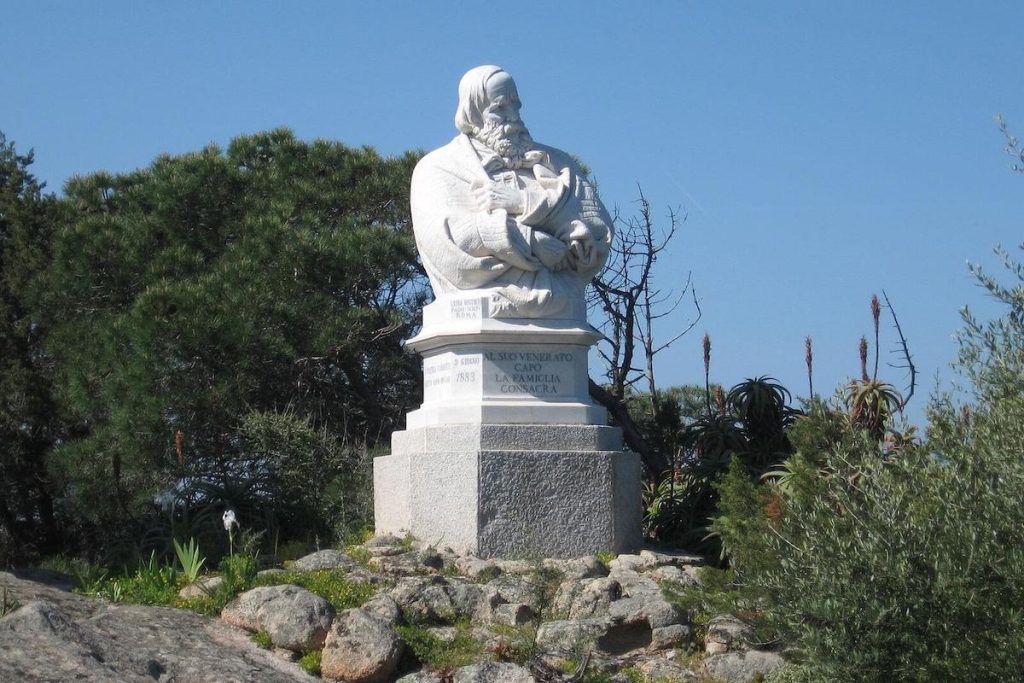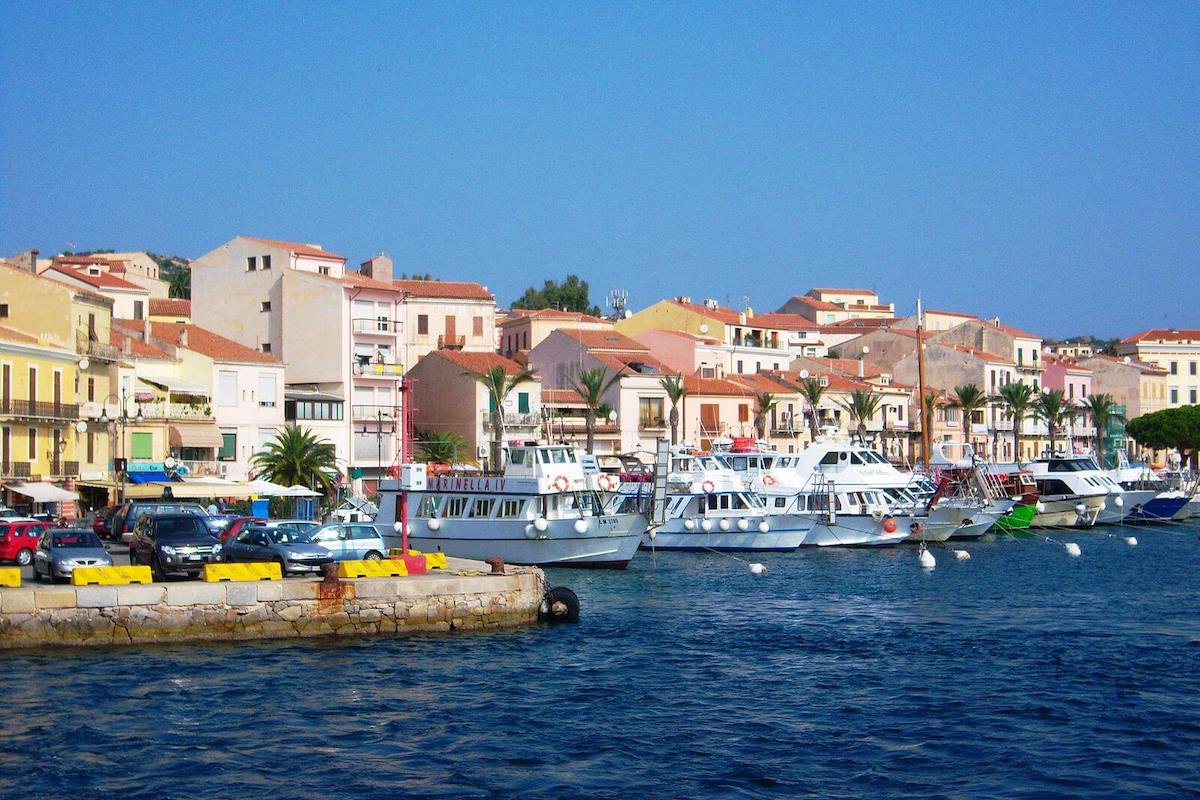La Maddalena is the largest island of the homonymous archipelago composed of 60 islands and islets, located in the north-east of the Sardinia (in the province of Sassari). Just like the latter, La Maddalena can also boast of beautiful beaches crystal clear water, visited by thousands of visitors throughout the year. La Maddalena is also renowned for being a site of naturalistic interest. The National Park of the Archipelago of La Maddalena, which includes the entire territory belonging to the municipality (including islets) and covers an area of 18.000 hectares and 180 km of coastline, in fact, it counts more than 700 plant species, such as myrtle, juniper, euphorbia, strawberry tree, heather and mastic. As for the fauna, typical of the area is the marginated tortoise (the "Sardinian turtle"). La Maddalena, in addition to offering unparalleled landscape and natural beauties, is also an area rich in history and culture, for centuries a strategic base for trade and as a military base.
La Maddalena in antiquity
The presence of man in La Maddalena and on the other islands of the archipelago (Santo Stefano, Caprera, Casings, Santa Maria, Razzoli e Spread) is already attested at the time prehistoric. These islands of Gallura were in fact fundamental for the trade ofossidian. Even in Roman times, the islands were strategic as a link between Sardinia and the Provencal coasts. In medieval times, after the abandonment of the islands with the fall ofWestern Roman Empire, for a period the area was inhabited by communities of monks related to Santa Maria Maggiore of Bonifacio (Corsica). Abandoned again, in the seventeenth century, in La Maddalena and on the other islands, Corsican shepherds, coming from theHigh Rocca. These guarded the cattle of the lords of Bonifacio, in lands not yet claimed by anyone. In the 1767, after Corsica passed into French hands, the Kingdom of Sardinia occupied La Maddalena to sanction its possession.

From the Napoleonic wars to today
The shepherds thus became subjects of the kingdom, also becoming sailors of the Directed by Marina Sarda. In 1793, when France tried to invade Sardinia (Napoleon Bonaparte he was then an artillery officer), he met strong resistance in La Maddalena. During the Napoleonic wars, the admiral Horation Nelson he stopped in La Maddalena and was well received by its inhabitants. In gratitude, the soldier of the gods gave the church a silver crucifix e two candlesticks. In the 1849 Giuseppe Garibaldi he arrived in exile in La Maddalena (after the failure of the Roman Republic). 7 years later, in 1856, thehero of the two worlds bought a lot on the island of Caprera, where he died in 1882. At the end of the century, the archipelago turned into one maritime stronghold, given its strategic position at the military level. Furthermore, from the second half of the nineteenth century, until 1940, La Maddalena was famous for granite production.

in 1943 Mussolini was taken to La Maddalena as a prisoner a Webber villa for 20 days. On 8 September of the same year, with thearmistice of Cassibile, the German army in Sardinia which withdrew to Corsica occupied the Maddalena. In response, in the following days, the local armed forces triggered a defensive, which led to one of the bloodiest episodes ever seen on the island, but also one of the first episodes of the Italian resistance. Today there are no longer any active military structures on the island and La Maddalena has returned to being that natural paradise it once was.
What to see and eat in La Maddalena
La Maddalena is known primarily as a tourist destination for its beautiful beaches. The most famous are: Cala Francese, Cala Spalmatore, Lower Trinity e Punta Tegge, and Cala d'Inferno. However, the Archipelago offers other noteworthy beaches, such as Cala Coticcio a Caprera, Pink Beach a Casings o Cala Corsara a Spread. In addition to excursions to the islands of the archipelago, it is also worth exploring the Old Town of the city, as well as the Moneta suburb, with its market. Also interesting is the church of Santa Maria Maddalena, inside which the silver crucifix and candlesticks donated by Admiral Nelson are preserved. For lovers of marine archeology, the Nino Lamboglia museum it conserves various finds. The flagship are the remains of a Roman ship, which was wrecked in 120 BC. near Spread. Finally, if you are on a trip to Caprera, you cannot miss the Garibaldi house museum.
As in all islands, i typical dishes to try in La Maddalena are almost all based on fish. Among the best known is the ziminu, Or a Poor Fish Soup (for example redfish) with tomato and onion. There is no shortage of spaghetti with sea urchins, seafood Grill and much more. Another island specialty are the curconi. Sweet similar to a small panettone (of Genoese origin) prepared with prickly pear must.
The La Maddalena Archipelago is a real one Eden for those looking for relaxation and "tropical" beaches. Like any other place in Italy, these islands and islets manage to bewitching right away the visitor, just as happened to Garibaldi with his Caprera. La Maddalena is a fantastic island, which is good for the soul, remains in the heart and never goes away.
Featured photo: © Danny Towin - Wikimedia Commons (CC BY-SA 3.0).





